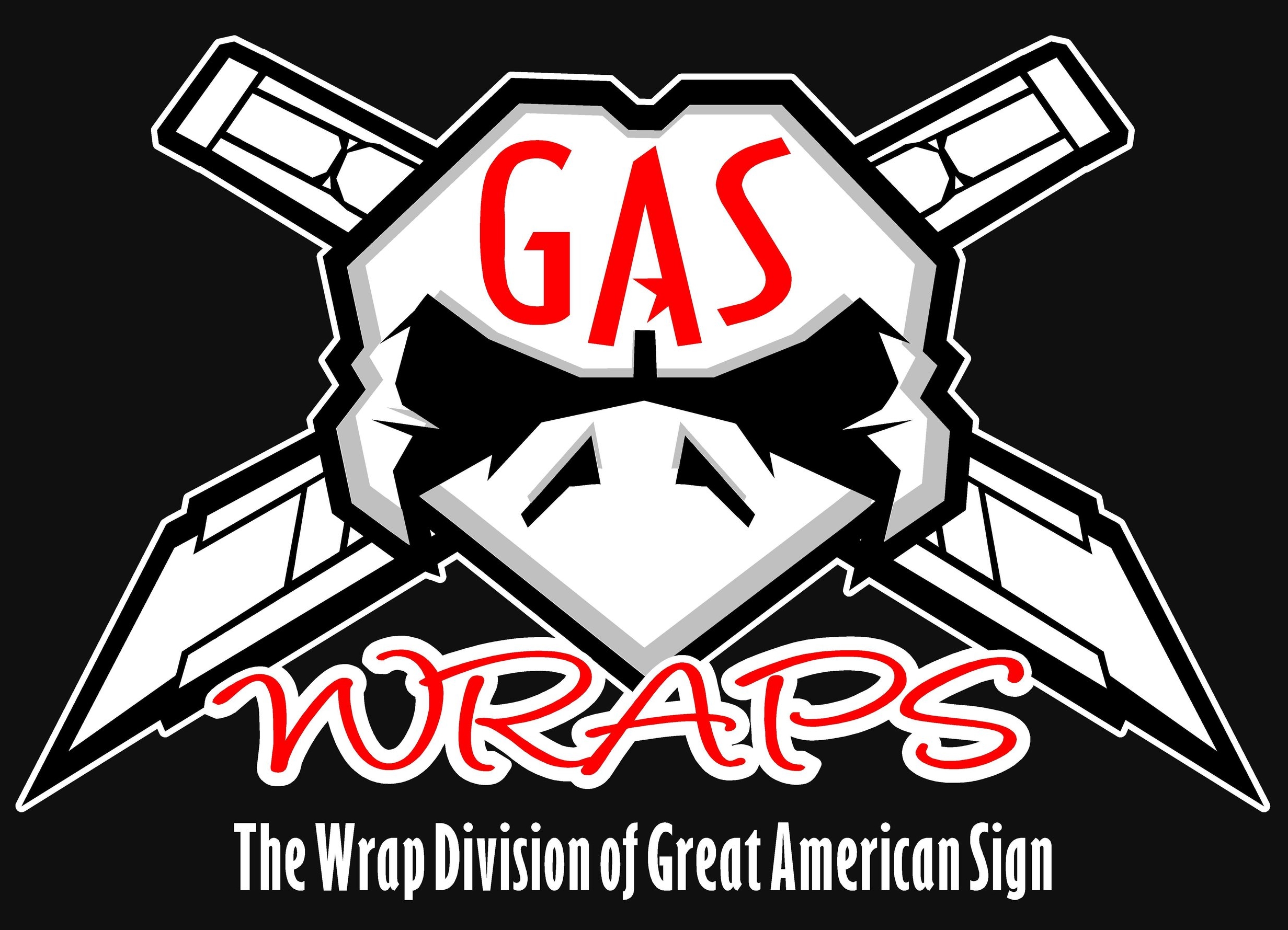Color Change Wrap Process
What is a color change wrap? A layer of solid wrapping film installed over all or part of your vehicle. You can choose from more colors, finishes, textures, and designs than paint. You can turn any car from something average into something totally one-of-a-kind. Two-toned? Carbon fiber? Chrome? The possibilities are endless. Not only is it a great way to customize your ride, but the wrap functions the same way as paint protection film.
These photos are a digital representation of all Avery Dennison and 3M colors, but stop by our showroom to see real samples of all of these materials.
Planning the installation
After you have chosen a color, we will need to see your vehicle in order to get accurate measurements, determine how much material we will need, and calculate what the final price will be. We require a deposit to schedule your installation, which can take anywhere from two to five days depending on size and scope of the job. Be sure to clean your vehicle before bringing it in for install (do NOT use Armor All or wax).
Installation
Color change wraps are installed similarly to printed wraps, but with a few key differences. The biggest difference being that every section of your vehicle wrap will be installed panel by panel to ensure full coverage around corners and edges, and prevent the need for seams.
Installation begins by removing as many pieces as possible from the vehicle, such as door handles, lights, antennas, emblems, and raised letters. Handles, lights, and the like will be carefully reinstalled after the wrap is completed, while things such as letters are usually left off but up to the customers discretion. From here we wipe the entire vehicle down with isopropyl alcohol (and sometimes vinegar or rapid remover) to remove all excess dirt or grime that will interfere with the stickiness of the wrap material (NOTE: we are not a car wash and vehicles are expected to be pre-washed upon arrival).
After this prep work is completed the real wrapping begins. For any given side, the first task is to place knifeless tape at places where the material needs to end to keep the totality of the wrap looking good. We like to use knifeless tape because it avoids cutting directly on the vehicle and scratching the paint underneath. Next, all the panels for the side being worked on are laid out to make sure they fit and are lined up correctly. The wrap is carefully placed to avoid wrinkles and bubbles, and then trimmed to fit exactly. Any necessary details are trimmed last, such as gas caps, wheel wells, windows, or gaps between doors.
Looking for a cheaper customization option? Check out how we can accessorize your vehicle for less.
